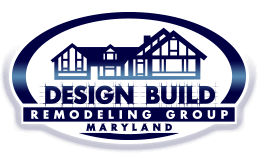Recently, many older adults and individuals with limited mobility have been choosing to live in their own homes to maintain a sense of independence, self-esteem and life satisfaction. However, many families go into it without a slight idea of the barriers to aging in place. By understanding these barriers, a more positive quality of life can be achieved.

- Housing – Housing barriers can include the lack of community-level planning for multigenerational homes. Affordable and accessible options should also be available, including co-housing and cottage homes.
- Transportation – For non-driving adults or households without cars, there is often a lack of comfortable transportation facilities, making it quite difficult for older adults to reach their homes safely. Even cities with cracked pavements and pedestrian areas can be a challenge for adults who like to walk and exercise.
- Accessibility – A person’s ability to carry out household chores usually diminish with age. This means easier access to day-to-day tasks, items and locations should be prioritized. Most times, office buildings, restaurants and other public areas are simply not within reach or easy to access. Most cities enforce Americans with Disabilities (ADA) regulations, but they are typically limited.
- Preparation – Lack of preparedness is more often than not cited as the biggest barrier to aging in place. People are not able to prepare simply because they do not know what they should do, especially in terms of home design. This is why it is extremely important to consult with a team of professionals when planning your aging-in-place remodel.
Design Build Remodeling Group of Maryland specializes in whole-home renovation and kitchen remodeling in Washington, DC. From architectural and interior design to all remodeling services, our team of skilled professionals provides our clients with a single-sourced remodeling solution. Call us today at (443) 323-0299, or fill out our convenient online form to schedule a free consultation.





